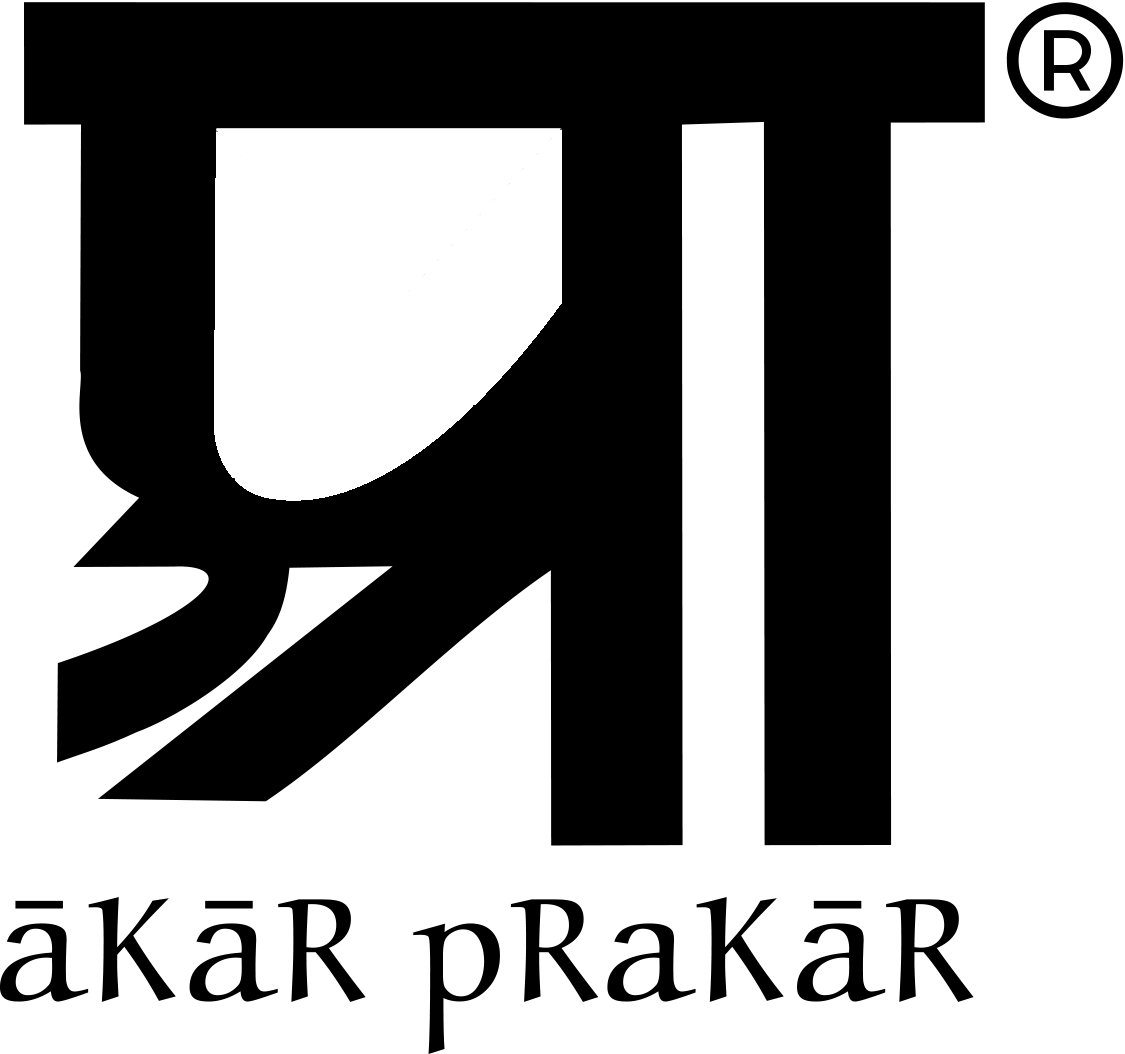
Battles and Dalliances
at Asia Week New York, Autumn 2021
In the 1970s, a collection of woodcut prints of 19th century Calcutta were recreated under the leadership of Gopal Dutta of Bengal Art Company; commissioned by Ashit Paul using the original woodblock cutting and printing technique. These Battala woodblocks were adapted from the original 19th century prints, found in the collection of the V&A, London and the VMH, Kolkata. This technique has now become obsolete as the traditional artisans and printing presses working with the technique no longer survive. These prints depict scenes from Indian mythologies with the gods and goddesses as part of the visual narrative. This exhibition of limited edition prints showcases the remnants of a lost art form from 19th century Bengal.
Churning of Curd
“Just as the literature of Battala was a kind of popular literature, so these woodcuts were a kind of popular art, art for the common people.”
– Nikhil Sarkar
Goshthavihar
The art of woodblock printing can be traced back to Battala (which literally means “under the banyan”), a region in northern Calcutta (present day Kolkata) to the early 19th Century. Battala was also referred to as the birthplace of the Bengali printing press.
The Goddess Jagaddhartri
In the early 19th century, woodcut prints were originally used for book illustrations and almanacs. The literature of Battala was usually stories for the masses, and the thematic illustrations for these texts were accompaniments to these stories. In the beginning, the visual illustrations of these woodcuts were exact replicas of the Kalighat pats.
Weighing of Krishna and Narad
“One could of course use these….as objects of worship, but they could stand on their own as objects of art to be appreciated and admired in their own terms”
– Pranab Ranjan Ray
Krishna on a swing made of Gopinis
The art of engravings and woodcuts was being taught in institutions, with the establishment of the Calcutta School of Industrial Arts in 1854. Even after such a school was established, the distinctive woodcuts we now know of were always works of local artisans and not academically trained artists.
Ashoka Garden
Unlike other professions of the time, engraving and woodcuts were not caste bound professions. As it was introduced in India in the 19th century, this wasn’t a hereditary profession. Though by the 20th century, the craft was passed on from one generation to the next by the artisans and printing presses still working with the medium.
Stealing of the gopinis clothes
The lack of perspectives in the composition of these prints was considered evidence that they were not created by formally trained artists, but by traditional artisans. The print Shri Krishna Vastraharan shows us that these artisans were more concerned with conveying the narrative instead of ‘right representation’. In the print, Krishna is seen standing in the tree playing his flute, instead of sitting on a branch and hiding within the trees (as seen in earlier representations of this scene).
Mahabhanjan
In the 1970s, artist and designer Ashit Paul came across some of these woodcuts in Calcutta, with some traditional artisans and local publishers. The works of their ancestors had no longer survived. Though, some of the last surviving woodcut prints could then be found in the collection of the Victoria & Albert Museum, London, Victoria Memorial Hall, Kolkata and some private collectors.
The ten-armed Durga
The woodblocks for these prints had no longer survived as the technique had already been replaced by colourful offset prints. In an attempt to preserve this lost art form. Ashit Paul commissioned Gopal Dutta, one of the last surviving artisans of woodcuts from the Bengal Art Company to recreate the blocks from these prints.
Kartik Chandra Basak
“The term ‘Battala publications’ came to stand for cheaply produced and cheaply priced books printed in bulk, on coarse paper for coarse masses of neo-literate, semi-literate and half-educated people living in suburban and semi-urban areas and mofussil towns.”
– Pranab Ranjan Ray
The battle between Rama and Ravana
This set portrays scenes from Indian mythology including the Mahabharata, the Ramayana and the Krishna Leela along with images of Goddess Durga and Jagatdhatri. All 13 woodcuts from the set were printed in black and white on the kind of paper used for such prints in the past.
Saptrathi Abhimanyu Yuddha
The woodcuts were produced to convey complete episodes of the narratives from mythology. The print Saptarathi Abhimanyu Yuddha for example, depicts the character of Abhimanyu, fighting alone inside the Chakravyuh against 7 warriors. The names of the characters in the narrative had also been engraved in the woodcuts for a better understanding of the audience.
Ramchandra and Seeta seated on a throne
The descriptive details of these prints can be evidence of the fact that the purpose of these prints, was for them to be used and purchased by the common masses, to convey stories and to be used as artworks for their homes.
Ashit Paul
Artist, Designer and Art Historian
Commissioner of these prints. Editor and designer of the book “Woodcut Prints of Nineteenth Century Calcutta”
Gopal Dutta
Artisan, Bengal Art Company
The artisan and his team were responsible for engraving the woodcuts in this series on commission from Ashit Paul













